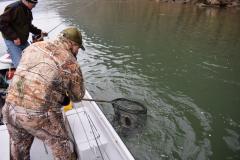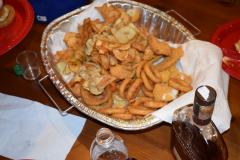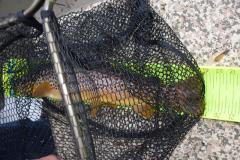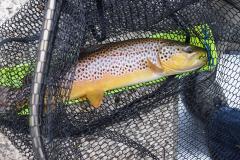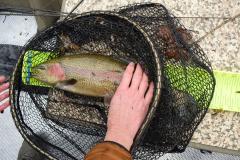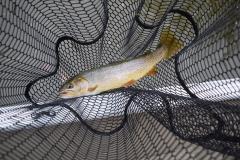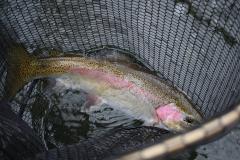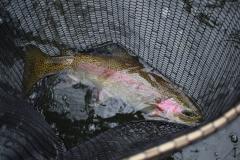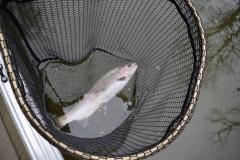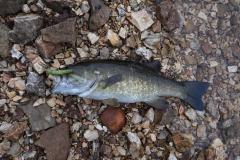-
Posts
19,442 -
Joined
-
Last visited
-
Days Won
323
Content Type
Profiles
Forums
Blogs
Events
Articles
Video Feed
Gallery
Everything posted by Quillback
-
NFL news: Struggling New York Jets Sign Uncle Rico | Babylon Bee
-
Well I do have time for it, could not get away with it when I was young and working.
-
I have not found anything that's getting easier.
-
OK. looks to be a lot of wading. You've got two days to get into shape. Here is a wader workout instructional video.
-
According to windfinder, 5-10 MPH north wind Friday. Saturday light winds.
-
Picked these up at WalMart. It's like they designed these for Jigfest. TRAYS!
-
-
Lo Mein is good stuff!
-
That sounds almost like healthy food.
-
Late start today, started about 10 AM and fished until 4 PM. Fished the banks, caught 20 bass, mostly spots, on the ned rig. Fish were in 5 - 20 FOW. Around wood and rocks. This is the time of year the fat spots are biting, one of my favorite times to get them. No one on the water today, I saw 2 other boats. I can't remember the last time I was on this lake and only saw 2 boats. WT 54
-
It is getting close, if anyone wants me to bring any ingredients for food, let me know, I'm going to the store tomorrow to get the plates, etc.
-
That's Joe - dunno what it is. Maybe he will see this and reply.
-
It has lived to fight another day.
-
That's a pretty good deal to get the match.
-
Hey, I'll bring my Lawrence Welk the Golden Years CD collection.
-
Still room for a couple more people in the A-Frame.
-
I almost don't want to say anything in case I jinx us, but the weather forecast is looking pretty good.
-
I was literally about 10 minutes from hooking up my boat and heading over to Beaver when Joe Lane called and asked me to go fishing with him, as he had a last minute cancellation. Took me about 10 seconds to say heck yeah! Joe has been on the fish, so had some locations to check, he won't fish unless he sees evidence the fish are there, as in lots of shad. He also looks for predator activity around the shad, holes in the shad balls, curve shapes in the shad and of course seeing fish around the shad. He's really got his FFS dialed in, very clear images, you can easily see your lure, he can also make a call on whether he's seeing good sized bass, usually largemouth and the smaller fish which are usually spots. We had a good day, somewhere around 50-60 bass, plus a couple of whites, and a large channel cat. Joe caught some great fish - a 4.3 largemouth, 3.75 white bass, a cat that we estimated in the 12-15 lb.range and another 4 LM in the 3 lb. range. Myself - Well I caught half the fish, had at least a half dozen keepers, but no pic worthy fish. Joe caught his mainly on a spoon or a Damiki rig, myself dragging a 3.3 Keitech on the bottom. As you've no doubt heard, not all the fish you see on the scope bite, and not only that but they are constantly moving around. It's funny how many fish will come up and look at your lure and turn away. I don't have a scope myself, but sure learned a lot fishing with Joe. Forgot to look at the water temp, I'm guessing upper 50's.














